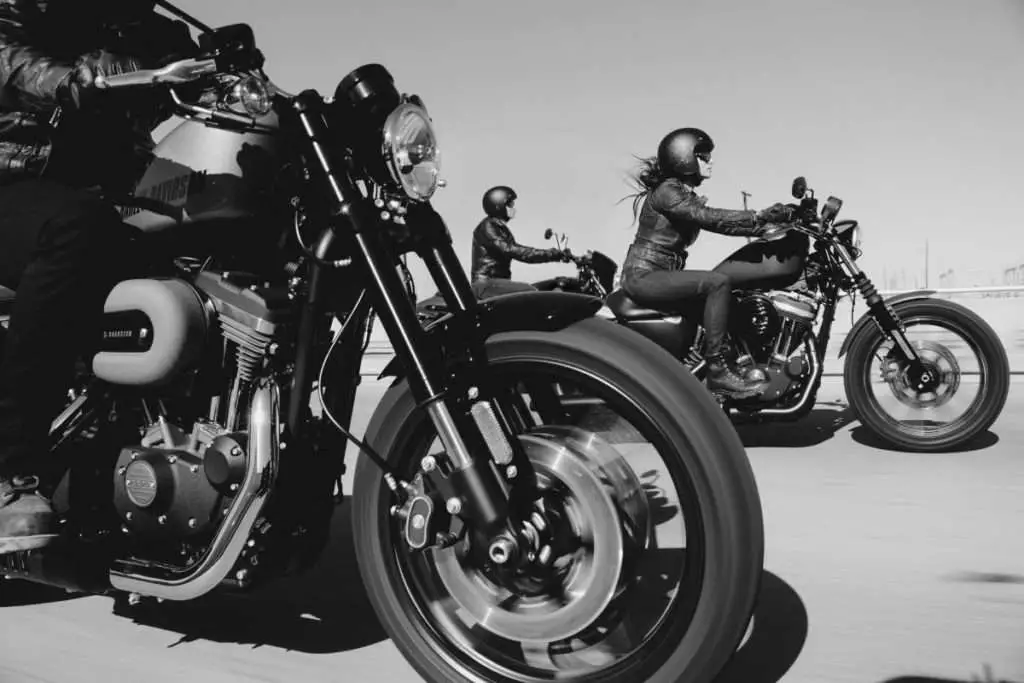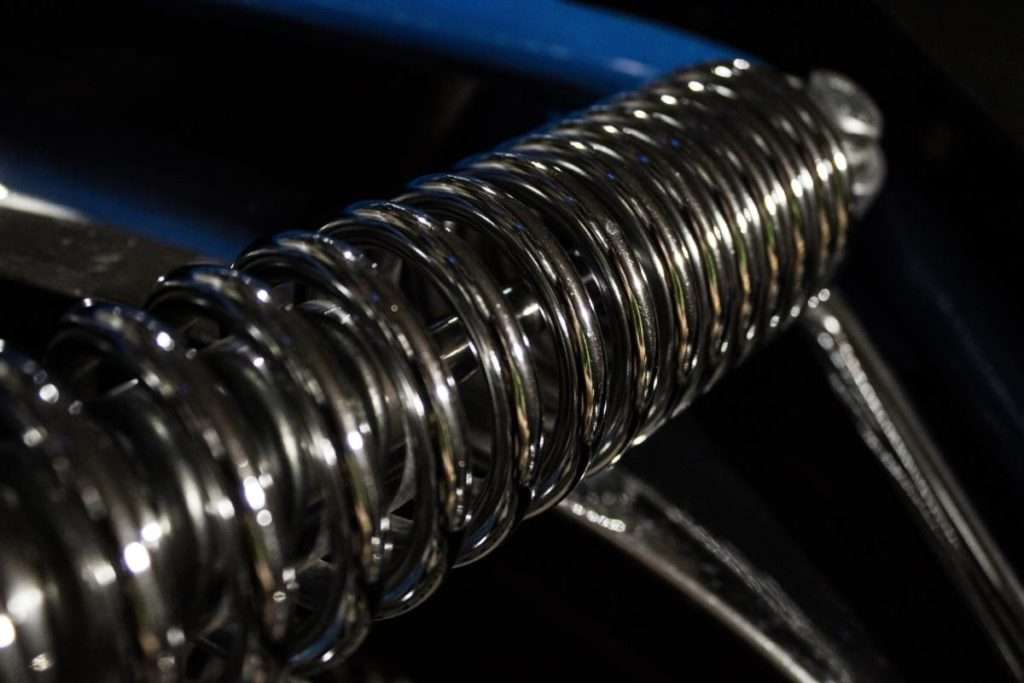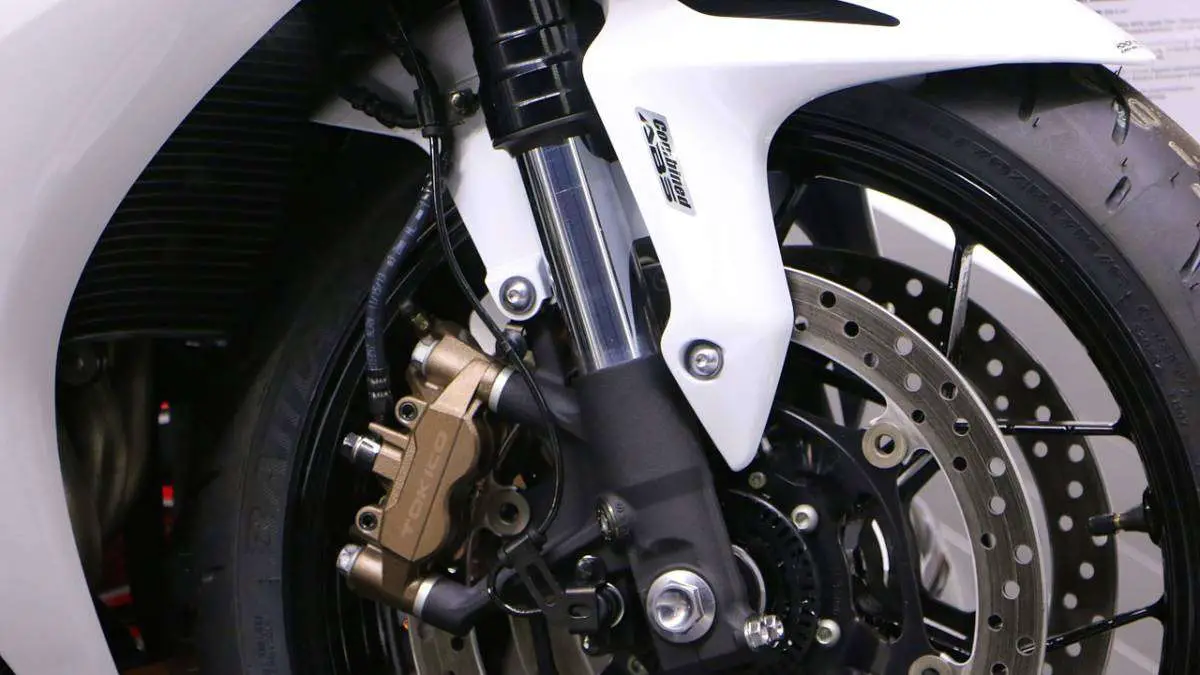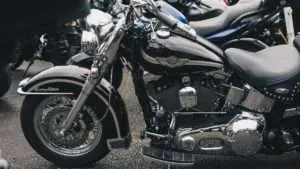Contents
To start with- motorcycles aren’t the most comfortable species of vehicles. From the first steam-powered Velocipede to the Petroleum Reitwagen- motorcycles were barebones commuting machines. Not until 1932 that Fisker and Nielsen Company produced “Nimbus”- the first motorcycle with an oil damped telescopic fork.
Since then, motorcycle suspension technology has wandered into different directions- from a conventional telescopic suspension to the forkless fronts on the Yamaha GTS1000 to an even outlandish hub center-steering on the Vyrus. Every segment of the motorcycle demands a compatible system with manufacturers striving for the goldilocks zone to strike balance with comfort.
Why are my motorcycle forks too soft?

I ride a relatively small motorcycle- a Honda CBR250R with non-adjustable front suspension. The CBR badge is rather a misnomer on this little motorcycle with the front tuned more towards comfort than outright track performance.
Higher up the order, track-tools such as the Fireblades or the ZX10Rs sport highly stiff settings as compared to a street-oriented CB1000R. Touring motorcycles like the Versys or Vstroms are shod with softer and higher traveling front suspensions for added comfort. So if that brings you to the titled question and maybe at times gets you thinking “Why are my motorcycle forks too soft?” Now you know why!
How to fix a soft front suspension on a motorcycle
I’d safely assume that your decision of buying a motorcycle too was influenced keeping comfort in mind- not everyone is an apex hunter! Yet the acquaintance with your motorcycle with time eggs you to push it harder. And that is exactly when your palms start sensing the extra front dive during leans, mid-corner correction, or under hard braking. Needless to say, you’ve upped your level and now you want the motorcycle to adapt to your new style of riding.
It certainly isn’t easy to swap your beloved machine with another that’ll rid the front dive, at least not without a trade-off. A huge investment with a compromise isn’t what you’d be looking for. So is there anything you can do about it? Well yes- you can, considering your motorcycle’s front isn’t adjustable. So here are some solutions that’d probably get you close to the setting attuned to your new riding trait.
1) Stiffer Springs

The simplest and easiest way to jack up that spongy front. Being a plug-and-play affair, there’s no tinkering or replacements needed on other stock components. However, the springs might not fetch you the desired results with the cost being another factor. But in case it clicks- this would be one carefree modification to undertake.
2) Preload adjusters
Aftermarket preload adjusters are available for motorcycles with non-adjustable front suspension. Similar to the spring replacements, this modification is a plug and play process and doesn’t entail fiddling with any other parts.
Also, it facilitates considerable adjustability based on your riding needs. Costs would vary across makes and sellers. I remember buying a pair of adjusters for my CBR250R for a measly 10$ from AliExpress and they turned out to be extremely effective without compromising on comfort.
3) Spacers
This is a slightly tricky affair as you’d need to determine the length of the spacers. You’d come across spacer modifications done with the use of PVC conduits- however, it would be advised to use metal for their strength and resistance to wear under pressure.
This might turn out to be a hit-and-miss modification for it may not fetch you the desired results. The spring rates would dictate the size of the conduits required and vice versa. However, even with a couple of trial and error runs- this option would turn out to be cheaper against buying new springs.
4) Thicker grade oil
Being one of the simpler methods, using a thicker grade oil also turns out to be one of the cheapest. Though this method too involves a bit of trial-and-error as regards getting the correct grade and the quantity of oil in the fork tubes.
However, the downside of using thicker oil prompts the front wheel to hop over bumps and lose traction. It’s not a worry as long as your stretch is smooth and void of undulations. If not, there are also high chances of the oil seals going bust under the extra pressure generated by the thicker grade of oil every time the front hits a bump.
Conclusion
So these are a few modification schemes you could try out to cut down on the excessive damping of the front suspension. Do consider the cost and conveniences before you try out one. And the next time any rider happens to ask you “why are my motorcycle forks too soft”, direct him right here to this article.



 Motorcycle Oil Cooler: What is It and How to Use It?
Motorcycle Oil Cooler: What is It and How to Use It?  Can You Mix Motorcycle Oil With Car Oil?
Can You Mix Motorcycle Oil With Car Oil?  Do You Change Your Motorcycle Oil After Winter? What’s Better?
Do You Change Your Motorcycle Oil After Winter? What’s Better?  Are Heavier Motorcycles Really Better?
Are Heavier Motorcycles Really Better? 